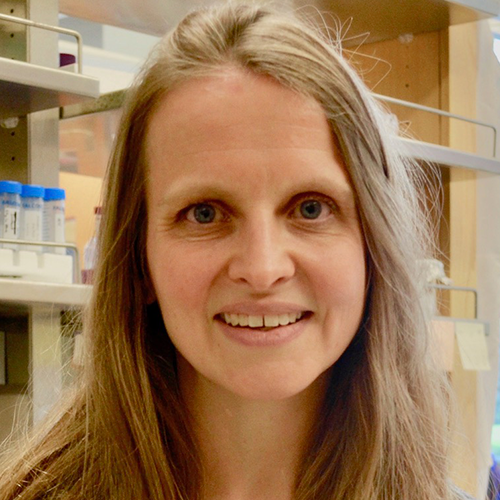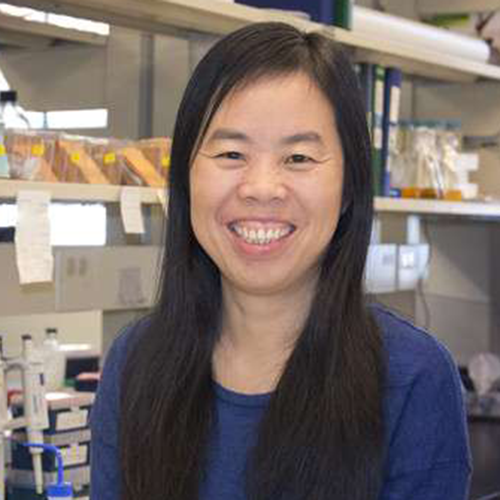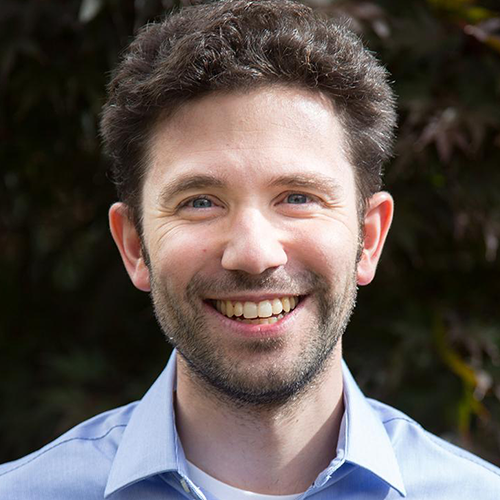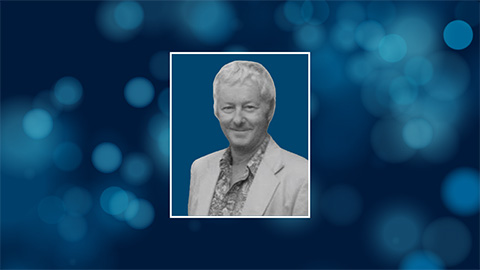Boal, Gu, Cotruvo promoted at Penn State
Pennsylvania State University announced earlier this summer its list of academic promotions that took effect July 1. Three members of the American Society for Biochemistry and Molecular Biology were promoted: Amie Boal, Ying Gu and Joseph Cotruvo Jr.

Amie Boal is now a full professor of chemistry and biochemistry and molecular biology at the Eberly College of Science. Boal is part of the chemistry department's robust metalloenzymology group; her lab focuses on structural and mechanistic characterization of enzymes that use radical intermediates, including a group of enzymes called ribonucleotide reductases involved in DNA biosynthesis.
Boal earned her Ph.D. in chemistry at the California Institute of Technology and completed postdoctoral training at Northwestern University.

Ying Gu is now a full professor of biochemistry and molecular biology at the Eberly College of Science. Her lab studies cellulose biosynthesis in plant cells, including lines of inquiry into how microtubules guide cellulose deposition and how cellulose synthase complexes, which operate on the extracellular side of the plasma membrane, are delivered to and recycled from those membranes.
Gu earned her Ph.D. in plant genetics at the University of California, Riverside, and completed postdoctoral work at Stanford University.

Joseph Cotruvo Jr. is now an associate professor of chemistry at the Eberly College of Science. Cotruvo studies metals in biological systems; his lab investigates how bacteria acquire and use rare earth elements called lanthanides, and develops biochemical-based methods to detect, recover, and separate these metals. His team also develops tools to study how iron and manganese function in infectious and neurodegenerative diseases.
Cotruvo earned his Ph.D. in chemistry at the Massachusetts Institute of Technology and was a postdoctoral fellow at the University of California, Berkeley.
Enjoy reading ASBMB Today?
Become a member to receive the print edition four times a year and the digital edition monthly.
Learn moreGet the latest from ASBMB Today
Enter your email address, and we’ll send you a weekly email with recent articles, interviews and more.
Latest in People
People highlights or most popular articles

Mydy named Purdue assistant professor
Her lab will focus on protein structure and function, enzyme mechanisms and plant natural product biosynthesis, working to characterize and engineer plant natural products for therapeutic and agricultural applications.

In memoriam: Michael J. Chamberlin
He discovered RNA polymerase and was an ASBMB member for nearly 60 years.

Building the blueprint to block HIV
Wesley Sundquist will present his work on the HIV capsid and revolutionary drug, Lenacapavir, at the ASBMB Annual Meeting, March 7–10, in Maryland.

In memoriam: Alan G. Goodridge
He made pioneering discoveries on lipid metabolism and was an ASBMB member since 1971.

Alrubaye wins research and teaching awards
He was honored at the NACTA 2025 conference for the Educator Award and at the U of A State and National Awards reception for the Faculty Gold Medal.

Designing life’s building blocks with AI
Tanja Kortemme, a professor at the University of California, San Francisco, will discuss her research using computational biology to engineer proteins at the 2026 ASBMB Annual Meeting.
